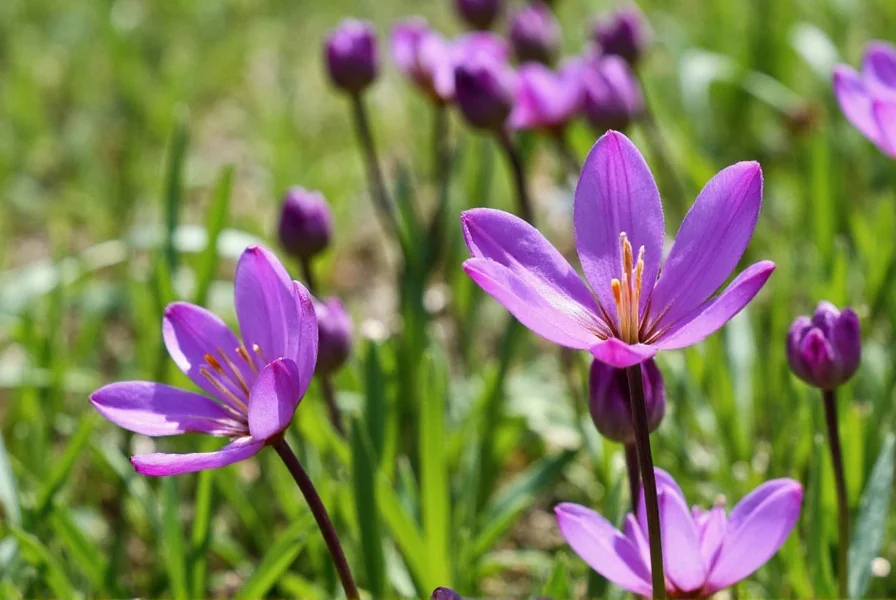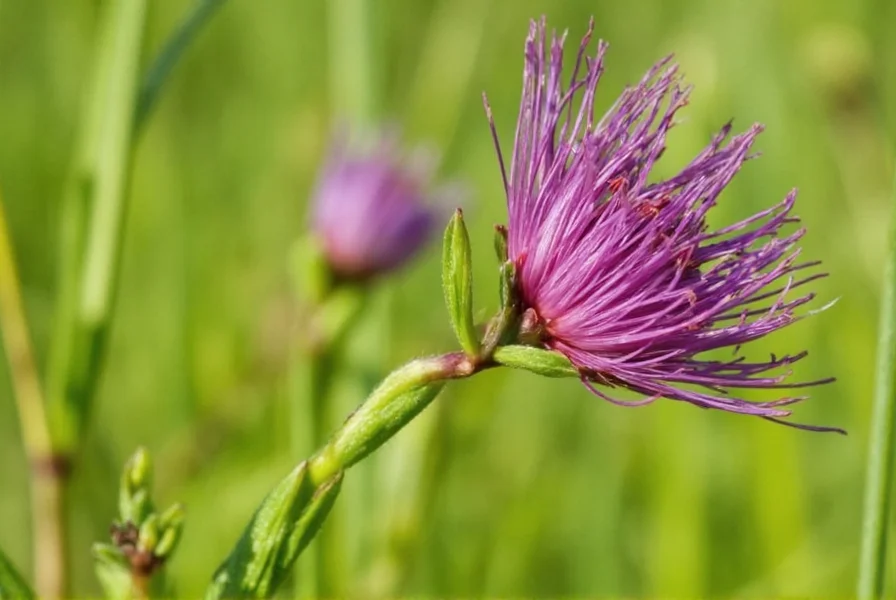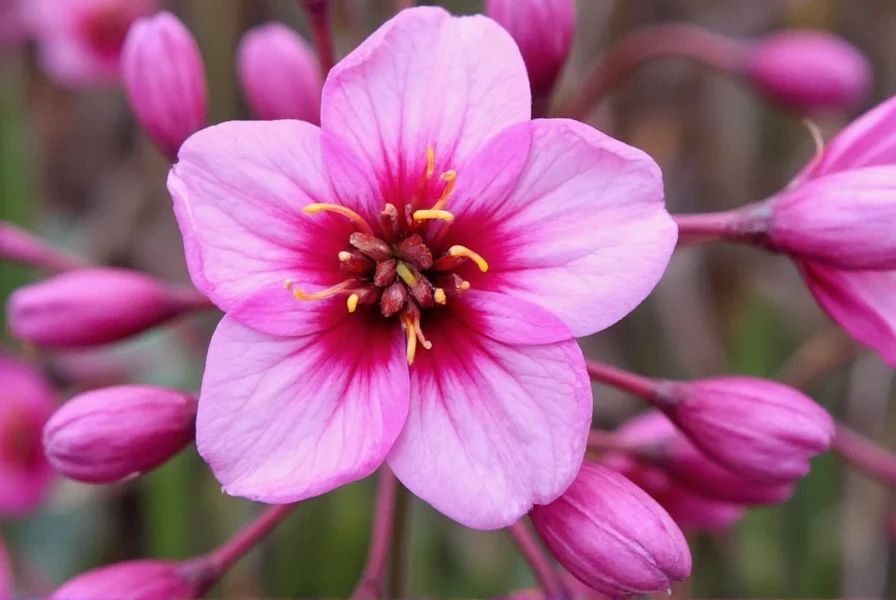Growing saffron at home is achievable with the right approach, though it demands patience and precision. This prized spice, derived from the delicate stigmas of Crocus sativus flowers, ranks as the world's most expensive spice by weight due to its intensive harvesting process. Unlike many garden plants, saffron crocus grows from corms rather than seeds and requires specific seasonal timing for optimal results.
Understanding Saffron Crocus Basics
Saffron cultivation centers on Crocus sativus, a fall-blooming perennial that's sterile and must be propagated through corms. Each flower produces just three crimson stigmas—the saffron threads—which must be hand-harvested within minutes of blooming. This labor-intensive process explains saffron's high value. Many gardeners mistakenly plant other crocus varieties, unaware that only Crocus sativus yields true saffron.

Climate Requirements for Successful Saffron Growth
Saffron thrives in regions with hot, dry summers and cool, wet springs—Mediterranean climates prove ideal. The plants need 8-10 weeks of summer dormancy with temperatures above 86°F (30°C), followed by autumn flowering triggered by cooler temperatures. Gardeners outside traditional saffron-growing regions can succeed by:
- Planting in raised beds for better drainage in wet climates
- Using containers that can be moved indoors during extreme weather
- Selecting early-flowering cultivars for shorter growing seasons
- Providing winter protection in zones below 6
Successful saffron growers in non-traditional regions often mimic Mediterranean conditions through careful site selection and microclimate management—a key factor in how to grow saffron in cold climates.
Soil Preparation for Optimal Saffron Production
The foundation of successful saffron cultivation begins with proper soil preparation. Crocus sativus demands exceptional drainage to prevent corm rot while maintaining enough moisture retention for growth. Ideal soil characteristics include:
| Soil Component | Optimal Range | Why It Matters |
|---|---|---|
| pH Level | 6.0-8.0 | Avoids corm rot while supporting nutrient uptake |
| Organic Matter | 20-30% | Improves moisture retention without waterlogging |
| Sand Content | 40-60% | Ensures rapid drainage after rainfall |
| Soil Depth | 12+ inches | Allows proper corm development and root growth |
Prepare planting beds 4-6 weeks before planting by incorporating compost and coarse sand. For heavy clay soils, consider raised beds filled with a custom mix of equal parts garden soil, compost, and horticultural sand—a critical step when learning how to grow saffron in clay soil.
Planting Saffron Corms: Timing and Technique
Planting timing proves crucial in saffron cultivation. In most regions, plant corms in late July through August for autumn blooming. Planting too early risks summer rot, while late planting reduces flowering. Follow these steps for successful establishment:
- Select large, firm corms (1.5+ inches in diameter) for best yields
- Plant at 4-6 inch depth, deeper in sandy soils, shallower in clay
- Space corms 4-6 inches apart in rows 12 inches apart
- Cover with soil and mulch lightly with straw
- Water thoroughly after planting, then allow soil to dry
First-year plants typically produce few flowers as energy focuses on corm development. Expect significant harvests in years 2-3 as corms multiply—a vital consideration for those researching how long does it take to grow saffron.
Seasonal Care and Maintenance
Saffron requires minimal care during dormancy but needs attention during active growth periods. Follow this seasonal schedule:
Summer (Dormancy Period)
After foliage dies back in late spring, the corms enter summer dormancy. During this critical period:
- Avoid watering unless in extremely arid conditions
- Protect from excessive moisture that causes rot
- Monitor for pests like rodents that may disturb corms
Autumn (Flowering Period)
When flowers appear in autumn, maintain consistent moisture:
- Water when top inch of soil feels dry
- Harvest flowers daily in the morning when fully open
- Remove spent flowers to direct energy to corms
Winter and Spring (Foliage Growth)
After flowering, the plant produces grass-like foliage:
- Water regularly during active growth
- Apply balanced fertilizer as foliage emerges
- Allow foliage to die back naturally before summer dormancy
Understanding this cycle proves essential for gardeners exploring how to grow saffron year round in various climates.
Harvesting Saffron: Precision and Timing
Saffron harvesting represents the most critical—and labor-intensive—phase. Each flower produces just three stigmas that must be harvested by hand within 15-20 minutes of blooming. Follow this process:
- Pick entire flowers in the morning when fully open
- Work quickly as flowers close by afternoon
- Remove stigmas using tweezers or fingernails
- Place stigmas on a clean, dry surface immediately
- Expect 30-50 flowers per gram of dried saffron
Yield varies significantly by growing conditions. Healthy plants produce 1-3 flowers per corm in year one, increasing to 5-10 flowers per corm by year three. Commercial growers average 10-12 pounds of dried saffron per acre, while home gardeners might harvest 0.5-1 gram from 50 corms—a reality check for those wondering how much saffron can you grow at home.

Drying and Storing Saffron Properly
Proper drying preserves saffron's flavor, color, and aroma. Follow these professional techniques:
- Air-dry stigmas on fine mesh screens in a warm, dark, well-ventilated area
- Maintain temperatures between 140-160°F (60-70°C) for optimal results
- Dry until stigmas become brittle (usually 12-24 hours)
- Store in airtight containers away from light and moisture
- Use dark glass containers for long-term storage
Avoid oven drying at high temperatures, which destroys volatile compounds. Properly dried saffron maintains quality for 2-3 years when stored correctly—essential knowledge for those implementing how to store homegrown saffron.
Troubleshooting Common Saffron Growing Problems
Even experienced growers encounter challenges. Address these common issues:
Poor Flowering
Cause: Insufficient summer dormancy, improper planting depth, or inadequate nutrients
Solution: Ensure complete summer dry period, plant at correct depth, and apply potassium-rich fertilizer in spring
Corm Rot
Cause: Excessive moisture, especially during dormancy
Solution: Improve drainage, reduce watering, and treat with fungicide before planting
Few Stigmas per Flower
Cause: Nutrient deficiency or improper harvesting technique
Solution: Apply balanced fertilizer and harvest flowers at peak bloom
Pests and Diseases
Voles and mice may eat corms; treat with natural repellents. Botrytis can affect flowers in wet conditions; ensure good air circulation. These solutions prove valuable for gardeners facing how to deal with saffron crop diseases.
Scaling Saffron Production
For gardeners considering larger-scale production, understand these key factors:
- Corms multiply annually, potentially tripling in number each season
- Commercial production requires significant labor for harvesting
- Land requirements: 1 acre yields approximately 10-12 pounds of dried saffron
- Economic viability depends on local market prices and production costs
Many successful small-scale producers focus on premium markets, emphasizing quality over quantity. This approach works well for those exploring how to start a small saffron business from home cultivation.











 浙公网安备
33010002000092号
浙公网安备
33010002000092号 浙B2-20120091-4
浙B2-20120091-4